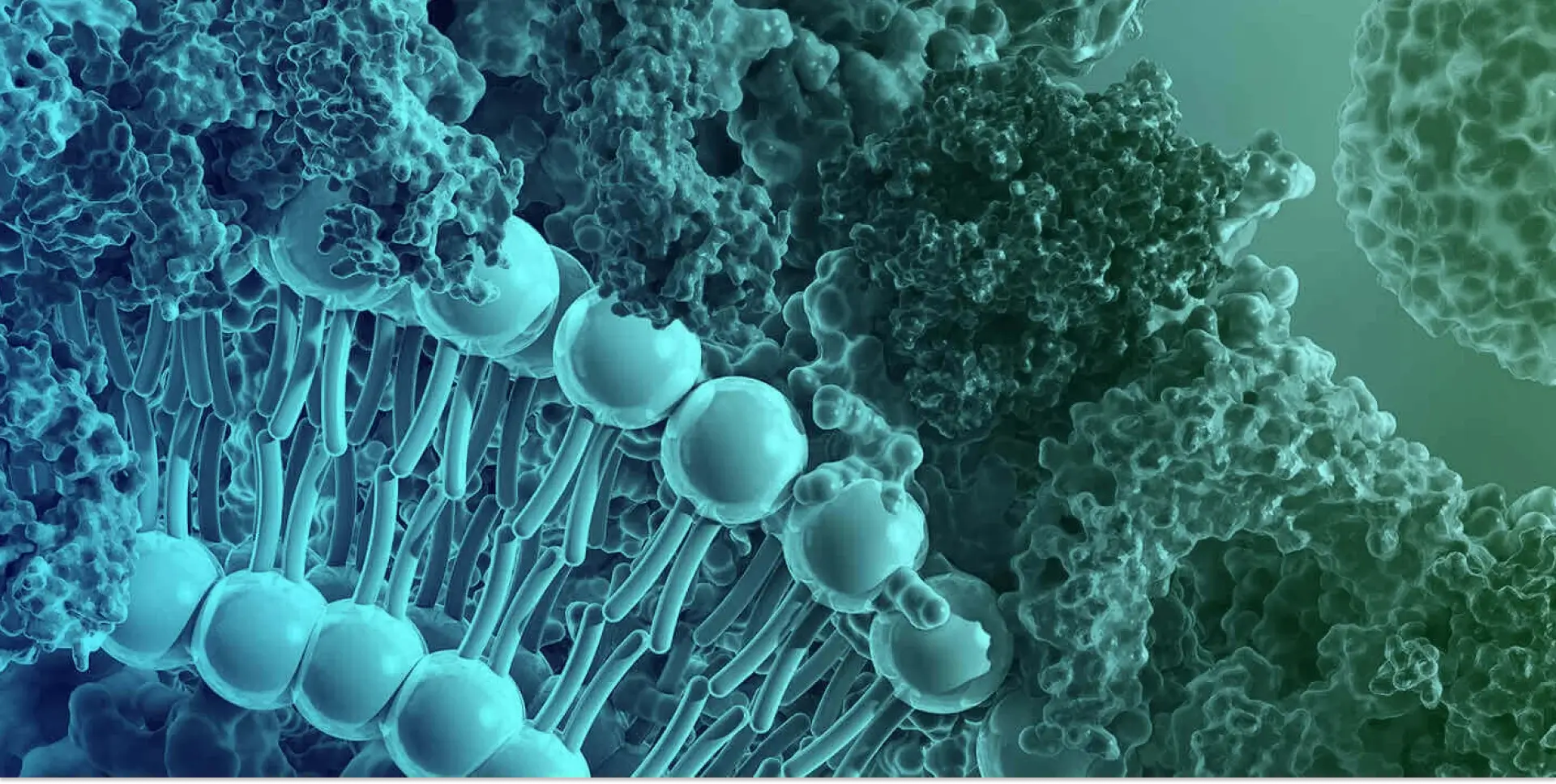How nanoparticles can affect on human health and the environment

Using nanoparticles (NPs) established a wide range of benefits and applications. The increasing use of nanoparticles in the world has raised significant concern about their effect on our health and their impact on the ecosystem. Therefore, a thorough understanding of the interaction between nanoparticles and plants, as well as a deep understanding of the mechanisms underlying phytotoxicity, is essential to conduct precise risk assessments that guarantee the safe utilization of nanoparticles.
According to a recent article published by BMC Public Health, there is a significant gap in examining the impact of nanoparticles on the environment. Thoroughly using several biological models and biomarkers, this study showed the toxic effect of nanoparticles. The findings of this study, which you can access through the link “BMC Public Health – Human and environmental impacts of nanoparticles: a scoping review of the current literature,” can be helpful to policymakers and stakeholders in assessing the potential effects of nanoparticles.
“New Vision in Plant Science” is a book published by “Intech”; in chapter six, the author wrote about the detection methods of nanoparticles, especially in plant tissues. One of the methods in the book is Dynamic Light Scattering (DLS), which can analyze samples containing inclusive-inclusive distributions of species and detect tiny amounts of the higher mass species—Use the link “Intech- New Visions in Plant Science” to read more.
